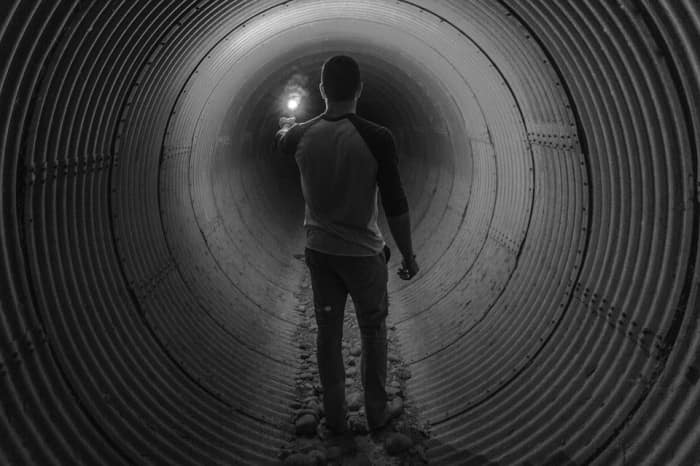
Nobody wants to experience their sewer backing up. It can mean that your drains aren’t functioning properly and you won’t be able to use the sink and other facilities in your home. In more serious cases it can even mean sewage in your home and several dangerous diseases that can go with it.
To avoid this it’s essential that you have the contact number of a local plumber Sydney to help with any issues. You should also recognize the signs of a sewer backup to help you eliminate the issue before it becomes serious.
Slow Drains
If any of the appliances in your house are draining slowly then you may have a sewer backup issue. These generally occur when things that shouldn’t be put down the drain are. Items such as female sanitary products and children’s toys will stick in the pipes. Over time this will cause toilet paper and waste to get stuck and eventually clog the pipe. Just before it does the waste will drain very slowly. Once blocked it won’t drain at all.
If it’s just one appliance that drains slowly it could be an issue with the pipes between the appliance and the sewer. But, if it’s all the appliances then the clog is in your sewer and you have a serious issue.
Bubbles
One of the biggest clues that you have a sewer problem is when you start getting bubbles in your toilet or sink. Bubbles are a sign that air has been trapped, potentially because they can’t get past a clog.
To check this isn’t just a one-off occurrence you should pull the flush again or run some water in the sink and then pull the plug. If you see bubbles then the air has to come out your end of the pipe which means there is a clog building in the pipes.
Again, only one appliance affected could mean an issue with the pipework from that appliance. More than one appliance affected equates to a probable sewer backup.
Water Appears In The Shower
If you drain the sink or pull the flush and water appears in the shower then the water is going down the pipes too slowly and is looking for another way out. The easiest route is the one with the least resistance, which means the water is likely to appear in the lowest appliance in your home. That’s often a downstairs shower.
Unblocking
The first thing you’ll try when you have a slow draining sink or toilet is the plunger. You may even want to pour some chemicals down the sink. In theory these will unblock the sink and allow the water to drain away.
However, these methods only tend to be effective if the blockage is close to the appliance. They won’t usually shift something in the main sewer pipe.
You’ll need an expert who will use a camera to verify the problem in the pipes and fix it properly for you. It’s essential to remember that the sewer pipes are your responsibility until they have left your property.
